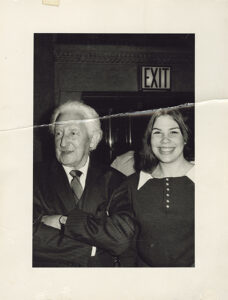Many therapists already include certain questions about biological and social factors in their intake questioning. Regrettably, clients do not usually get treated with comparable emphasis. In traditional therapy assessments, prioritizing psychological factors is the norm. While that remains important, it does not take into account the impact that other factors may have on a person’s mental state.
What has become increasingly clear over the past 50 years is that the mind, body, and environment do not act independently. Human beings are affected by an interaction of hundreds of factors and it is virtually impossible to determine the exact influence of all those moving parts. It is only when we examine biological, social, and psychological facets equally that we can appreciate their influences on human behavior. A biopsychosocial assessment recognizes the crucial role each domain plays in an individual’s difficulties. An analysis that does not acknowledge their importance is both inaccurate and incomplete. Thus, biopsychosocial assessment is necessary because it explicitly examines the holistic reality of human nature.
The CAT and BAT are a projective tools designed for clinical practice that aims to integrate individual and group aspects of family functioning into the assessment process.
It is based on systems theory which views the individual as part of a larger system. Family functioning is at the core and offers structural, dynamic,aspects. The CAT and BAT interpretations encourage parents to understand the meaning behind the thematic stories. Any possible diagnosis are better understood various themes related, for example, to the existence of apparent conflicts between parents, the impact of resolution of conflicts, the quality of family interactions, the roles each parent plays and thus these in-depth understandings of their child or teen can prevent the possibility of divorce.




